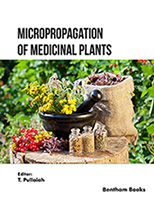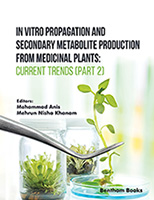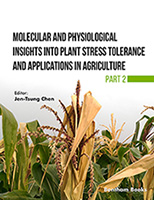Nature has been a source of medicinal agents for thousands of years, since healing with the plants dates back probably to the evolution of Homo sapiens. Medicinal and Aromatic Plants (MAPs) produce a range of secondary metabolites useful for humans, making this group a target of scientific interest and market. These products are substances ranging from spices and condiments, to essential oils and extracts, used in cosmetics, perfumery, food, nutraceuticals, natural dyes, natural biocides and many other compounds.
The demand for these plants and the products obtained from them is nowadays increasing worldwide, and some of them are becoming scarce in some areas due to wild harvesting. The demand in Europe for products obtained from MAPs is going to grow, for our health care needs and demands are changing. In fact, medicinal use of MAPs represent the biggest number of plant species used by human, as they provide most of the medicinal ingredients in many health care traditional systems. But these plants are not only used for medicines. Their use in the cosmetic and perfumery, food and liquor industries is well known, as well as other uses as natural pesticides, dyes, tannins, etc. These other uses of MAPs are many important for their growing economic importance and market possibilities. Plant extracts have been used as insecticides since before ancient Rome, a practice that continues today with more than 2000 species.
Currently, there is considerable decentralization of this market, which is characterized by lack of information and data in the sector, together with a deficiency regarding quality requirements of crops and products obtained from them, method of production and cultivation, market demand and how to access to it. At the same time, in many countries, wild collection is or has been practiced. This activity often lacks of quality control mechanisms of the raw material generating environmental degradation.
MAPs are a source of biodiversity, local development, and entrepreneurship, preventing rural population emigrating to urban areas, and a potential for development of ecotourism businesses. This field is a niche for market, business and entrepreneurship, demanding the knowledge and tools required for a quality product and the necessary skills for its start-up. They represent a relatively new area of social environmental education with considerable and growing interest.
This eBook focuses on establishing a fundamental understanding of the tradition and science that envelops MAPs. It aims to provide a basis on horticulture, active principles, identification, isolation and purification as well as the handling, processing and uses of MAPs and their derivatives.
The book is made up of two parts. A general first part, starting with a general vision describing the most important topics dealing with the production and processing of MAPS, concepts and sources of active principles, followed by cultivation an production of MAPs, what are active ingredients and their classification, the obtaining of raw matter, and the uses of these plants in the cosmetic, food, medicinal and other sectors, MAPs sustainable assessment and economic valuation of environmental services provided by MAPs.
The second part is a practical case where the plant Arthemisia absinthium var. Candial is assessed in terms of propagation, production and collection. For many years, the authors have worked on this specie, domesticated it and identified its active principles and their uses, presenting a unique research work that encompasses al the aspect s presented in the general part, applied to a single species of high interest. This part gives the book its unique and specific value in this area of interest. This case study is what gives the novel and unique character of the book, which will certainly be of great demand.
This book is intended for students and professionals in agricultural engineering, pharmacy, forestry, chemistry of natural products, research and education institutions, libraries. Also, it is focussed on general public interested in aromatic and medicinal plants production, transformation and commercialization. This book is a reference book that brings a new vision, a concrete example that has been studied in depth at all levels covered in the book.
Acknowledgements
I want to dedicate the book to the memory of two very good friends who contributed their bit to the world of aromatic and medicinal plants and that left their trajectory before being able to complete it. Pedro Manuel Díaz Fernández, my neighbour, career partner and colleague, but above all, my friend, great expert in wild edible plants, whom I would have invited to write a chapter in this book. Andrés Corral, an entrepreneur, fighter and friend, who with his strength and spirit reached the highest position in essential oil production for perfume industry. The seeds that you both planted will continue to grow and the fields in bloom will bring us their aromas in your memory.
Madrid, Spain, November 27th 2016.





